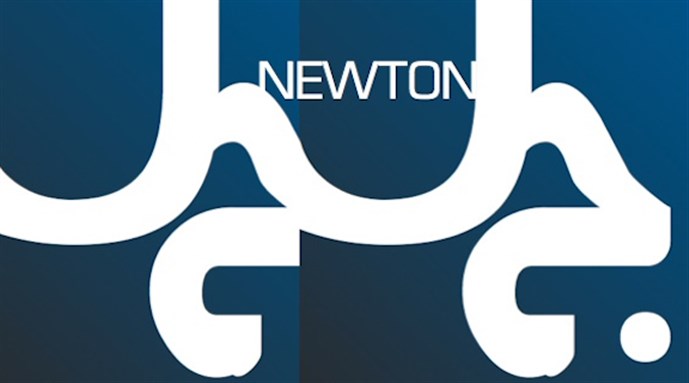[The following article was originally published on Tadween Publishing`s blog. For more information on the publishing world as it relates to pedagogy and knowledge production, follow Tadween Publishing on Facebook and Twitter.]
The New York Times calls the adoption of the Common Core State Standards “the most far-reaching experiment in American educational history.” The initiative, which has been implemented in forty-five states, the District of Columbia, and four US territories, promises to be “the first step in providing our young people with a high-quality education” by setting clear standards in mathematics and English language arts. However, this project carries many of the same promises, ideas, and goals of previous attempts at reform. Is it just another set of standardized tests that schools are being forced to apply to students?
The Common Core State Standards, developed by the National Governors Association (NGA) and the Council of Chief State School Officers (CCSSO), is a state-led effort to set transparent educational standards for grades K-12 in mathematics and English. Edudemic presents a graphic that breaks down the specifics. The goal is to ensure that students are prepared accordingly for their next schooling year, and to be certain that those graduating high school are equipped with the necessary tools for higher education. From the outside, the program looks no different than any other program in its goal to ensure that students are at a certain educational level depending on their grade.
Setting standards in subjects like mathematics and English are necessary in order to ensure that education in the United States is up to par. Standardized testing remains an integral part of the US education system, despite the extensive criticism that testing is a poor way to gauge student performance and intellect, as well as the ability of educators to teach the basics. Using standardized tests as assessment tools does not appear to be succeeding.
With the United States slipping in education rankings, and with the criticism surrounding standardized testing as an inefficient means to measure learning, it looks like now is the time for change. With nearly all states and territories in the United States signing up for Common Core (with the exception of Texas, Nebraska, Hawaii, Minnesota, Virginia, and Puerto Rico), many seem to be turning to the standards initiative as a way forward. How does it differ from past attempts at education reform? Will the Common Core State Standards implement test taking as a means to gauge whether or not set standards are being met?
Although the details are yet unclear, the states that have adopted the Common Core State Standards are developing an assessment test that will replace pre-existing end-of-the-year state assessments. There are two consortia of states that are developing assessment tests, the Partnership for Assessment of Readiness for College and Career (PARCC) and the Smarter Balanced Assessment Consortium (SBAC). The stated goal is to have these assessment tests ready by the 2014-2015 academic year.
The implementation of yet another assessment test brings to mind the criticism surrounding President George W. Bush`s 2001 No Child Left Behind education reform, which expanded state-mandated standardized testing. FairTest, an organization that works to “end the misuses and flaws of testing practices” in education, claims that both consortia will call for two required exams annually, and both will encourage states to administer exams between two to three times each year. Similar to their predecessors in standardized testing, these new Common Core assessments will remain in multiple-choice format but will mostly be administered by computer.
Another concern regarding Common Core State Standards is that, similar to NCLB, the program will continue to focus mainly on the standards and ignore the needs of individual students. Educator and author Marion Brady writes in the Washington Post:
The word “standards” gets an approving nod from the public (and from most educators) because it means “performance that meets a standard.” However, the word also means “like everybody else,” and standardizing minds is what the Standards try to do. Common Core Standards fans sell the first meaning; the Standards deliver the second meaning. Standardized minds are about as far out of sync with deep-seated American values as it’s possible to get.
Using tests and creating standards to measure the performance of students and educators to determine if they meet pre-destined levels of success is nothing new. It is difficult to fully assess this new system, considering that it is still in its early stages of planning. But it has clearly already sparked a heated debate over whether or not it is a step in the right direction. The effect of this debate, however, may be too little too late, considering that nearly ninety percent of public school in the United States will be implementing these new standards in education.

![Now Available at Tadween Publishing in Partnership with Tadamun: "Planning [in] Justice العدالة في التخطيط"](https://kms.jadaliyya.com/Images/135x94xo/covers210326041535580~.png)














